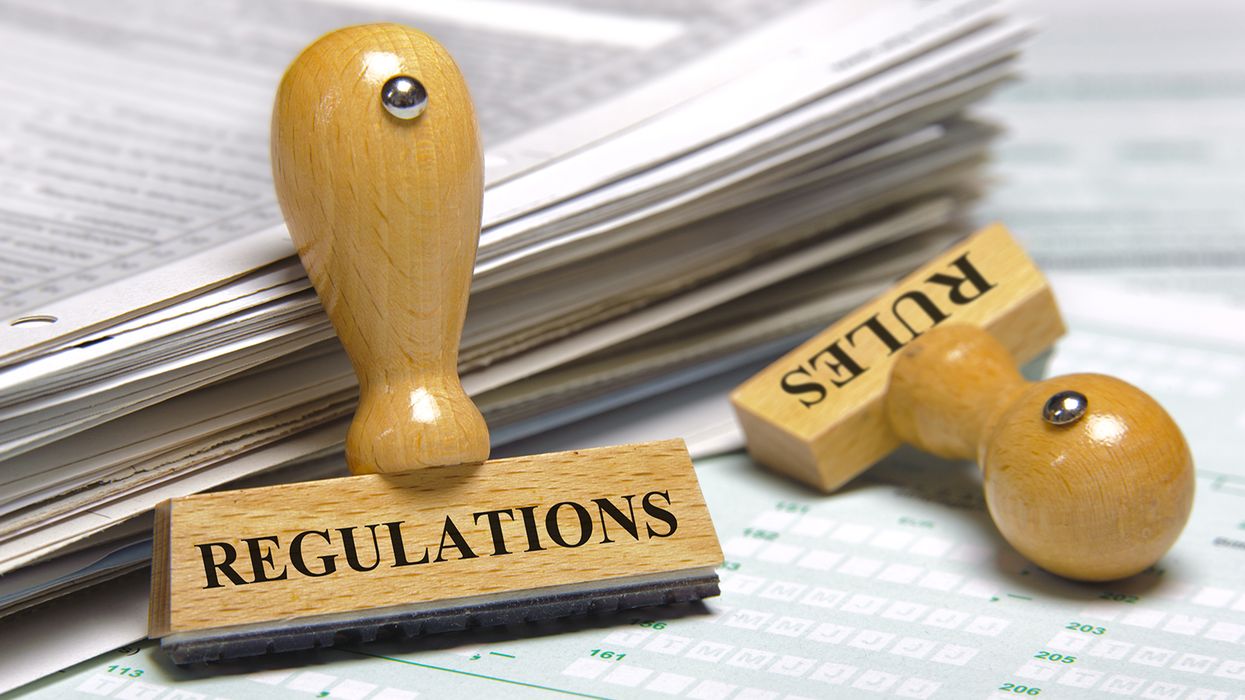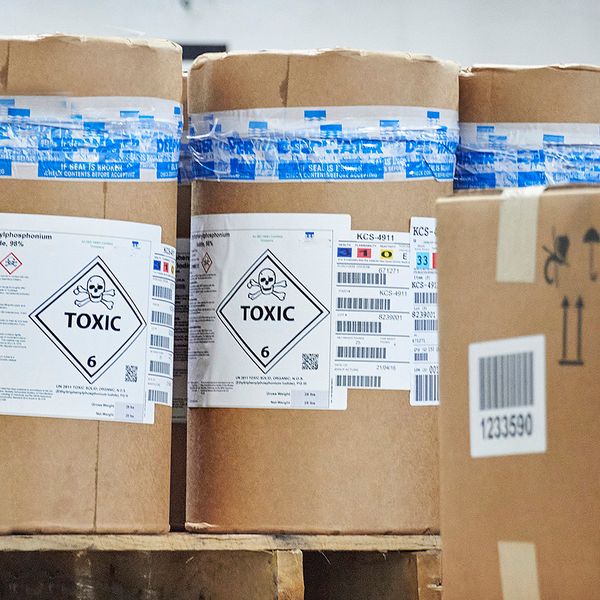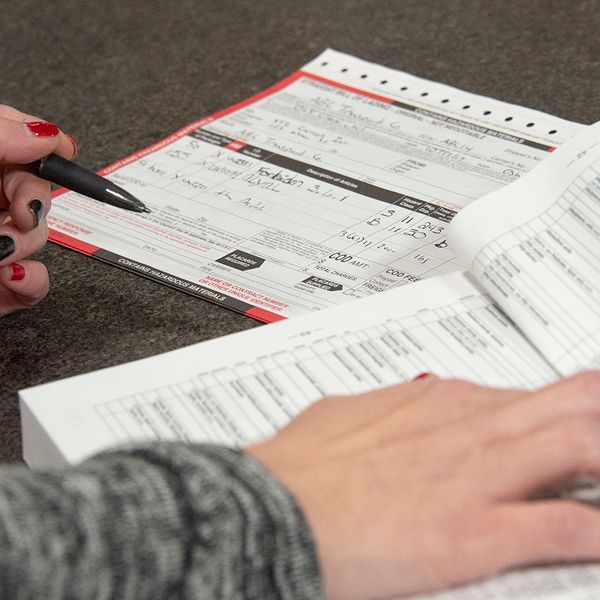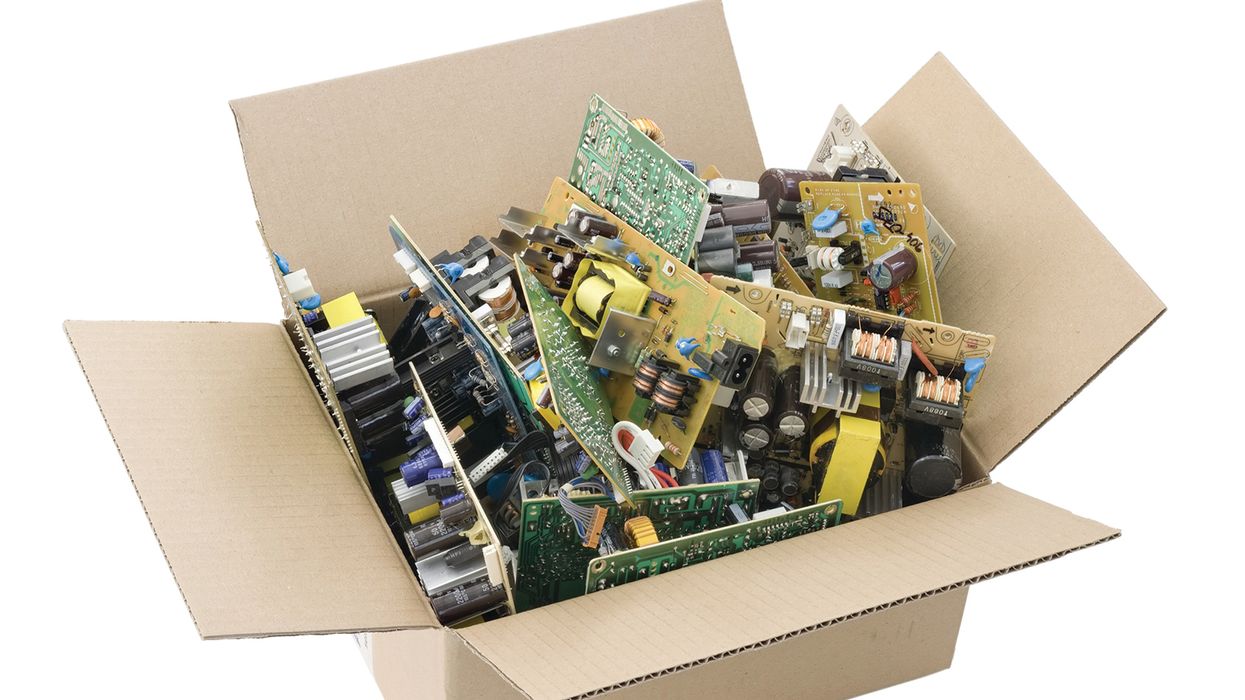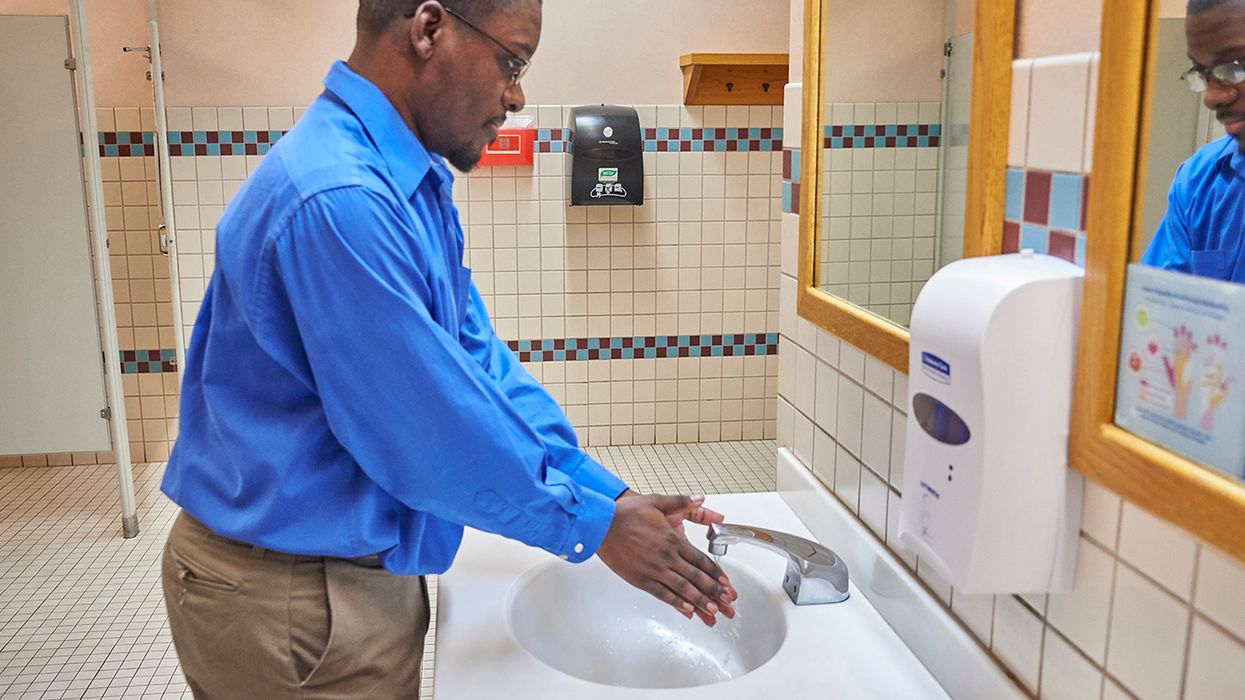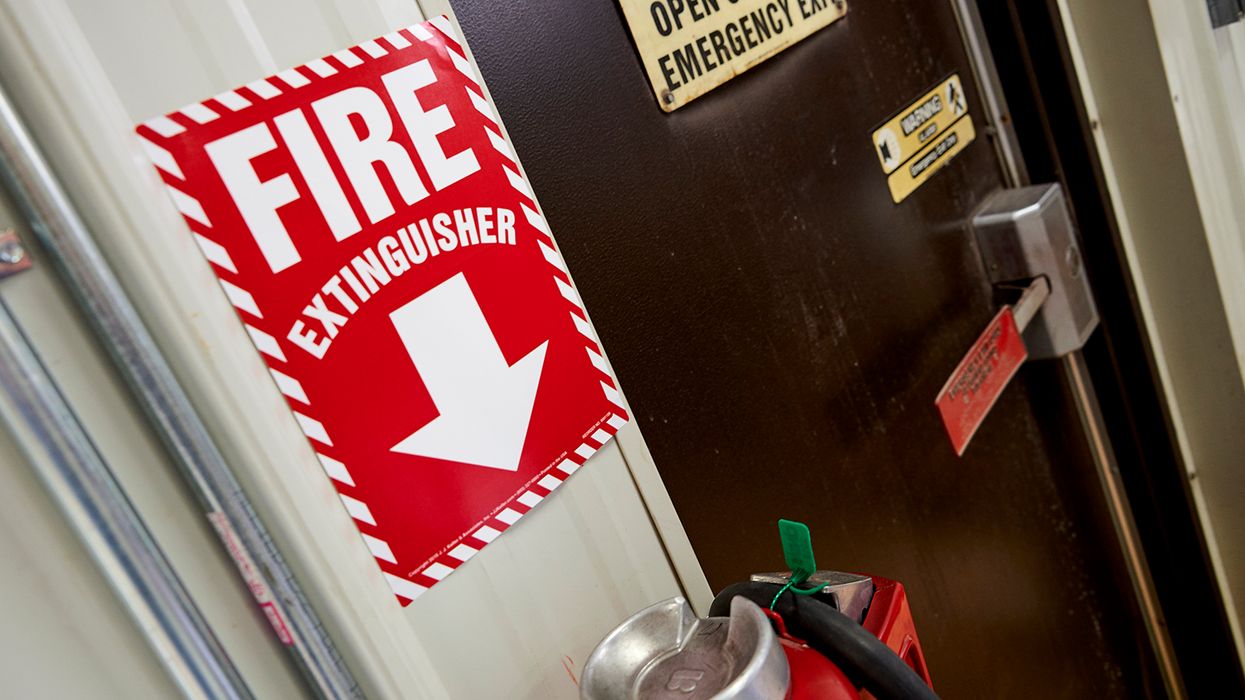PHMSA publishes changes to the HMR
The Pipeline and Hazardous Materials Safety Administration (PHMSA) published final rule HM-215P on July 26, 2022. Changes included with this final rule will harmonize the Hazardous Materials Regulations (HMR) with international dangerous goods regulations. Harmonization facilitates international trade by minimizing costs and other burdens of complying with multiple or inconsistent safety requirements for transportation of hazardous materials.
Mandatory compliance for the final rule is July 26, 2023, with voluntary compliance retroactive to January 1, 2021.
The changes in this rule will affect just about every section of the HMR. Some of the more significant changes include:
- Incorporating references to international regulations, including the International Civil Aviation Organization (ICAO) Technical Instructions, the International Maritime Dangerous Goods (IMDG) Code, the United Nations (UN) Model Regulations, the UN Manual of Tests and Criteria, the Globally Harmonized System of Classification and Labelling of Chemicals, the Canadian Transportation of Dangerous Goods Regulations, and various International Organization for Standardization (ISO) standards.
- Authorizing highway and rail transportation of a hazardous material within the U.S. in accordance with temporary certificate issued by Transport Canada.
- Updating the Hazardous Materials Table (HMT) by adding, revising, or removing certain proper shipping names, hazard classes, packing groups, special provisions, packaging authorizations, bulk packaging requirements, and passenger and cargo aircraft maximum quantity limits.
- Adding exemptions for Data Loggers powered by lithium batteries. This clarifies regulations applicable to data loggers and cargo tracking devices powered by lithium batteries that are attached to or contained in, and in use or intended for use during transport.
- Removing the minimum wall thickness requirements for metal IBCs that have a capacity of 1500 liters (L) or less.
- Expanding the authorized packagings for polymeric beads and plastic molding compound to include combination packagings rather than limiting packaging options to single packagings.
- Miscellaneous revisions for lithium batteries, which include, minimum size markings and modification of stowage requirements for lithium batteries including those offered as damaged/defective or for disposal/recycling.
- Amending provisions pertaining to the addition of technical names to the shipping description when transporting hazardous materials that contain marine pollutants.
Next steps
Even though mandatory compliance isn’t until July 26, 2023, the changes to the regulations can take time to implement into your day-to-day operations. Anyone affected by the HMR should take the following steps to prepare for any upcoming changes:
- Review the changes.
- Determine if the changes will affect your operations.
- Develop a plan to implement the changes.
Key to remember: This final rule harmonizes the HMR with international hazmat regulations and affects just about every section of the HMR. Mandatory compliance starts on July 26, 2023.

